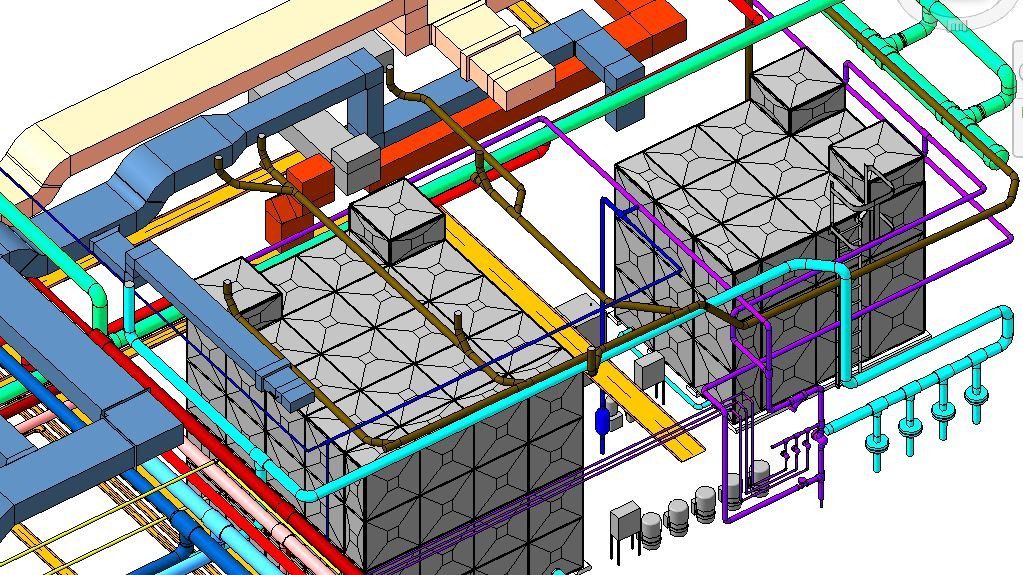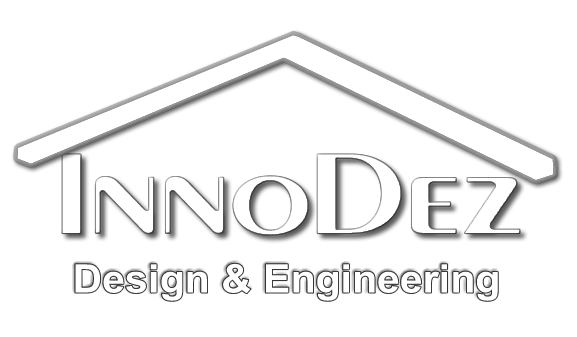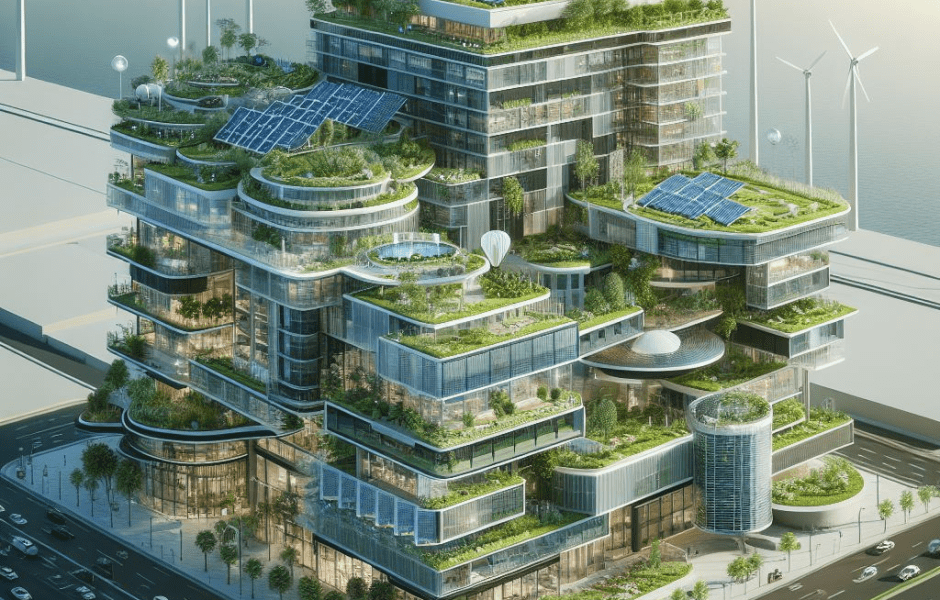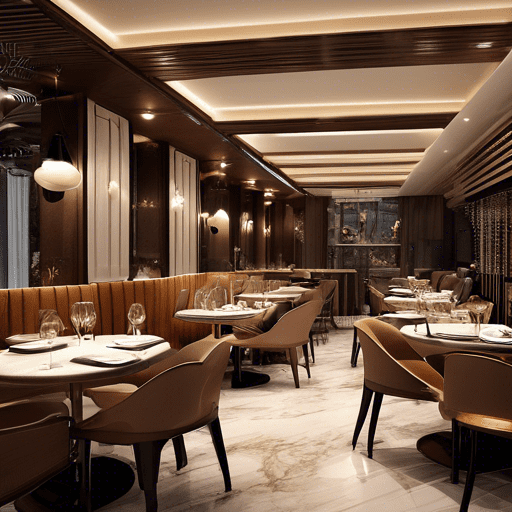3D Rendering Architecture is the process of transforming the information from three-dimensional (3D) drawings or models into a 2-dimensional image
Over the years, the field of MEP (Mechanical, Electrical, and Plumbing) engineering has undergone significant transformations. Advancements in technology, sustainability concerns, and changing client expectations have all contributed to four fundamental shifts in MEP engineering that professionals in the industry need to be aware of.
The traditional approach to MEP Engineering
In the past, MEP engineering was primarily focused on the design and installation of mechanical, electrical, and plumbing systems in buildings. The approach was often fragmented, with little integration between the different disciplines. This traditional approach had its limitations and often resulted in inefficient systems and higher energy consumption. However, with the evolution of the industry, MEP engineers have had to adapt to new trends and technologies to meet the changing needs of clients and the demands of modern construction projects.

Shift 1: BIM (Building Information Modeling) adoption
One of the most significant shifts in MEP engineering is the widespread adoption of Building Information Modeling (BIM). BIM is a digital representation of the physical and functional characteristics of a building. It allows for better collaboration, visualization, and coordination among MEP engineering teams, enabling more efficient and cost-effective processes.
With BIM, MEP engineers can create 3D models of building systems, which can be used to identify clashes, optimize layouts, and streamline the overall design process. This shift towards BIM has revolutionized the way MEP engineers work, allowing them to work more effectively with other disciplines, reduce errors, and improve project outcomes.
Shift 2: Sustainability and energy efficiency focus
Another significant shift in MEP engineering is the growing emphasis on energy efficiency and sustainability. With increasing environmental awareness, clients now prioritize green solutions and renewable energy sources. This shift requires MEP engineers to incorporate innovative design techniques and ensure the efficient operation of building systems.
MEP engineers are now responsible for designing and implementing energy-efficient HVAC systems, lighting systems, and plumbing systems that reduce energy consumption and minimize the environmental impact of buildings. This shift has also led to the integration of renewable energy sources such as solar and geothermal systems, as well as the use of advanced energy management systems to monitor and optimize energy usage.
Shift 3: Integration of smart technologies
Automation and building management systems have become crucial in the modern MEP engineering landscape. Intelligent controls, IoT integration, and data analysis are now essential tools for optimizing building performance, improving occupant comfort, and reducing energy consumption.
MEP engineers are now integrating smart technologies into building systems to enable remote monitoring, predictive maintenance, and real-time data analysis. These technologies allow for better control and optimization of building operations, leading to improved energy efficiency, reduced downtime, and enhanced occupant comfort.
Shift 4: Collaboration and coordination with other disciplines
The fourth shift in MEP engineering revolves around the need for MEP engineers to adapt to the changing building codes and regulations. As safety standards evolve, professionals must continuously update their knowledge and expertise to ensure compliance.
MEP engineers now work closely with architects, structural engineers, and other stakeholders to ensure that building systems are designed and installed in accordance with the latest codes and regulations. Collaboration and coordination between disciplines have become essential to avoid clashes and optimize the overall design and construction process.
Benefits of embracing these shifts in MEP Engineering
Embracing these fundamental shifts in MEP engineering comes with several benefits. Firstly, incorporating BIM into the design process improves collaboration, reduces errors, and enhances overall project efficiency. Secondly, focusing on sustainability and energy efficiency allows MEP engineers to contribute to a greener future while reducing operational costs for clients. Thirdly, integrating smart technologies enables better control, optimization, and maintenance of building systems, leading to improved occupant comfort and reduced energy consumption. Lastly, collaboration and coordination with other disciplines ensure compliance with building codes and regulations, resulting in safer and more efficient buildings.
Challenges and considerations in implementing these shifts
While the shifts in MEP engineering bring numerous benefits, they also come with challenges and considerations. Firstly, adopting new technologies and processes requires investment in training and education for MEP engineers. Secondly, there may be resistance to change from industry professionals who are accustomed to traditional methods. Additionally, the implementation of BIM, sustainability practices, and smart technologies may require changes in project workflows and collaboration processes. It is important for MEP engineers to carefully plan and manage these transitions to ensure a smooth and successful implementation.
Tools and technologies for successful implementation
To successfully implement these shifts in MEP engineering, professionals can leverage various tools and technologies. BIM software allow for the creation and coordination of 3D models. Energy modeling software can be used to optimize energy performance and evaluate sustainability strategies. Smart building management systems provide the necessary infrastructure for integrating and controlling smart technologies.
Furthermore, ongoing professional development and training are crucial for MEP engineers to stay updated with the latest industry trends and technologies. Attending conferences, workshops, and webinars can provide valuable insights and networking opportunities, enabling professionals to enhance their skills and knowledge.
Conclusion
MEP engineering has undergone significant shifts in recent years, driven by advancements in technology, sustainability concerns, and changing client expectations. The adoption of BIM, the focus on sustainability and energy efficiency, the integration of smart technologies, and the need for collaboration and coordination with other disciplines are the four fundamental shifts in MEP engineering. Embracing these shifts brings numerous benefits, including improved collaboration, energy efficiency, occupant comfort, and compliance with regulations. However, implementing these shifts also requires careful planning, investment in training, and the use of appropriate tools and technologies. With these considerations in mind, MEP engineers can thrive in this ever-evolving industry and deliver exceptional results for their clients.



About Author
Xhuljo Jakup